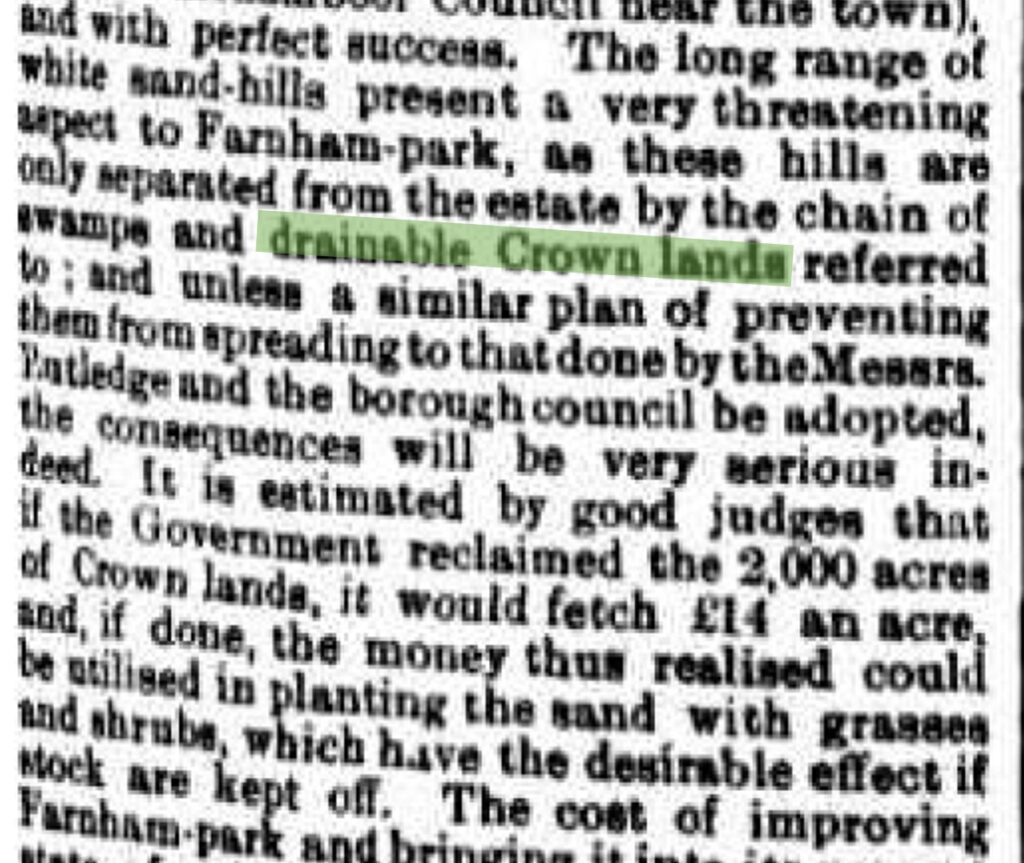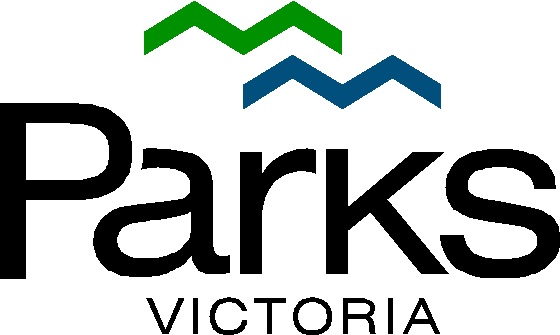Community celebrates Kelly Swamp, the hidden gem on the doorstep of Warrnambool in western Victoria
At Warrnambool’s back door, in South West Victoria, lies Kelly Swamp. When I say ‘back door’, I’m talking 5 mins drive, or 15 mins by bike from the CBD. It’s a seemingly wild, open space and somewhere that I have been slowly discovering and exploring since moving back to Warrnambool 12 years ago.
Over the past two years I’ve had the pleasure of working with Warrnambool Coastcare Landcare Network, through a Parks Victoria funding program (the Volunteer Innovation Fund) to help shine a light on this relatively unknown and under-appreciated wonderland. The project aimed to connect more people with the wetland, including inviting volunteers to help increase our knowledge of the fauna and flora which reside there. Aside from just being a nice natural place for humans to soak up, the wetland and surrounds provide habitat for 160 species of bird, including nationally threatened and migratory species.

Kelly Swamp has had a chequered history since Europeans arrived in the mid 1800s. A visitors guide from the 1880s describes the area as “waste Government land” and another article from around the same time refers to drainable Crown Lands. The land between Warrnambool and Koroit, further to the west, was regarded as some of the most productive land in the country (from an agricultural perspective) and clearly, wetland conservation was not front and centre for the government and settlers of that time. And so through the various estates, subdivisions and changing tenures, the wetland has persisted despite attempts to “tame” it.
It’s main water source, the Merri River, was effectively diverted when the wishes of the Borough Council were realised and it was “opened up” through a major diversion drain which now feeds through South Warrnambool and out into Stingray Bay. It was also drained at the other end by “Rutledge’s Cutting.”
William Rutledge was one of the first settlers and established Farnham Estate. The “Cutting” represents a fixed outlet which contradicts what would have been the natural process of wetland connection to the sea, where water would build up behind the dunes until it found its own way out. One can imagine a connected wetland landscape continuing between Kelly Swamp, through to Killarney and even as far as the Belfast Lough (at Port Fairy) under the right circumstances. But such was the way of the early settlers that nature was something that needed controlling in order to continue to open up land for agriculture, and feed the ‘colony’.

Of course these wetlands and their surrounding coastal landscapes were feeding local communities for thousands of years before Europeans arrived. For the Peek Whurrong People, the Tarerer Lands, as they are traditionally known, were a significant meeting place, one where surrounding tribes would gather to feast and celebrate. That connection to this country remains strong but often gets lost when the Europocentric historical narrative remains more prominent. The Tarerer Festival has, and hopefully will again, provide a more accurate point for reflecting on this traditional connection between people and this landscape.
On the June long-weekend, the Warrnambool Coastcare Landcare Network held an event to launch a booklet which has been developed with the help of volunteer surveys. The booklet provides information on the plants and animals of the wetland and brings together a really focused and coordinated project which has seen many different groups venture out to Kelly Swamp and hopefully leave with a new appreciation. If you’d like to get a copy of the booklet, you can email Geoff Rollinson ()
Please enjoy this short video by Warrnambool Coastcare Landcare Network summarising the launch of the booklet, including welcome to country, smoking ceremony, and some insights from attendees and people involved in the project:
This project has been made possible by support from Warrnambool Coastcare Landcare Network, through a Parks Victoria funding program (the Volunteer Innovation Fund)





